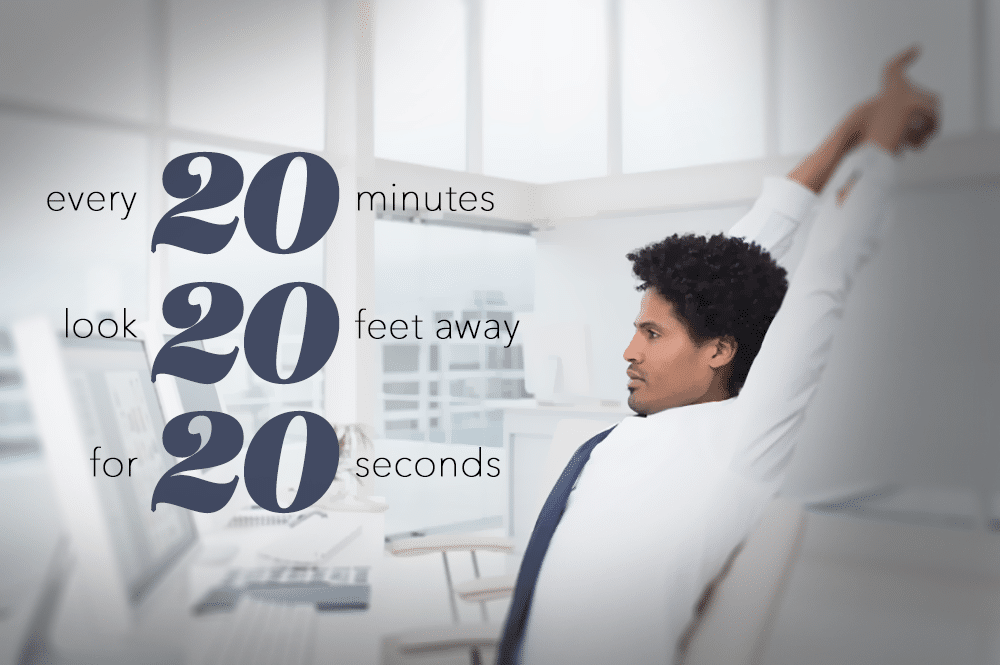Screen Stress Series:: Unwired Part 3 of 3
Confusion
We only get one brain and one spine. Together these make up the Central Nervous System (CNS). Our lifestyle reshapes both. An overstimulated right or left brain leads to dysregulation (confusion), which leads to the maladaptive behaviors (confusion) we develop to compensate with the screen gaze (confusion). Too much stimulation (screen stress series) leads to tension because the CNS and the body have limits. Arguments can even be made that when our brain and body are too stressed when the tension gets high, our emotions and inclinations become desensitized and impulsive.
How can we reduce the confusion that comes from screen stress?
Make a sandwich with a friend. Look people in the eye. We need bonding. Start a tactile puzzle. Play golf. Move around. Get outside. The brain requires exercise – gentle and rigorous exercise. Walk, stretch, jump. Create space for connection. The brain creates good chemicals from nurturing, touch, being held. Bake cookies together.
Why Not 24/7?
Over time, a reduction in brain size can result from our loyal dedication to our screens. Screen stress gives way to neuronal damage, memory impairments, and over-production of stress hormones like epinephrine, norepinephrine, and cortisol. An American made day often renders too much tension. Let’s look at a common pattern: 1 hour of video games, 2 hours of TV, 1 hour of texting, 2 hours of social media, and 6 hours of screen-related work! Screen stress can complicate psychiatric needs, including mood disorders or addiction. Screen stress can mimic psychiatric disorders while creating new ergonomic and physical needs.
Stress makes underlying mental health disorders more difficult to diagnose and treat. High-resolution technology makes hours on screens seem like minutes. Also, the augmented reality of screens distorts real life; that perceived reality breathes life to discontent because a life dependent on screens – more than a human connection – cheapens the good and the difficult dimensions of real relationships.
How can one measure up to what is projected in advertising or television? We let screens interrupt us. The echo we feel when the screen takes second can push us to limit screen time to what best serves our emotional state or professional productivity.
Rest
Take a break from the screen. Relieve yourself of screen stress. Your body needs human interaction.
Maia Szalavitz describes behavioral addiction, “Some sort of misguided love. It’s love with the obsession, but not emotional support.” Is it possible we want an emotional benefit the screen ultimately cannot satisfy?
Our industrial routines and what some consider, mindless escape from reality.
Computers.
How we learn, think, socialize.
Computers.
Behaviors develop from patterns. It’s as simple as reshaping a pattern! But, we don’t tend to adopt a new behavior or pattern until we decide we must. Weigh the costs of screen stress and the benefits of technology. Inertia and habits play a big role in what is real and repeated in our life. A need, a process, and the rebalance (or recalibration) are separate in our relationship with screens. Each needs attention and inspection before we give ourselves over to hours of uninterrupted screen time (aka, screen stress).
Disappointment or pain provokes creativity and new ideas. For example, eye strain or neck strain. Both affect our sleep, then our relationships. Two easy solutions: Take 20 seconds to tilt your head back or look at an object 20 feet away every 20 minutes while using a screen. Heart rate and eye focal length can slow and refocus in this break, respectively.
Take Control
Stress changes our bodies. Screens are needed, but we are in charge of how and when we use them. Also, if we don’t get our needs met through screens, how can our needs be met? How we meet a need is learned. Work is learned, Gaze is learned. Discussing emotions is learned. Consider these as you define how much screen time is too much and what suits your lifestyle needs. Furthermore, meeting a need will not reduce us to addictive behaviors, impaired productivity, or diminished connection.
Make it a habit:
Choose your stimuli, rest your eyes, and reset your patterns.
As we shared in Part 1 of this series, you have control of your body and mind.
Remember in Part 2, focus on self-efficacy and self-regulation, and you will take back control.
You can do this! Life is better with less stress.
Stay connected, stay motivated and chances are you will enjoy a happy, healthy, less-stress life! To learn more, contact us or call 714.375.1110
D’Amore Healthcare is a dual diagnosis and substance abuse addiction treatment center in Orange County, CA.





































